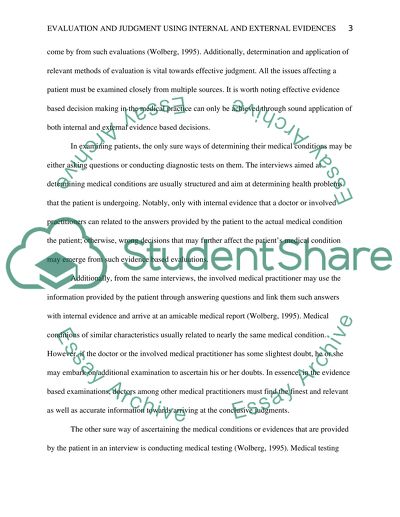Cite this document
(“Evaluation and Judgment using Internal and External Evidences Essay”, n.d.)
Retrieved from https://studentshare.org/human-resources/1495491-evaluation-judgement-in-terms-of-internal-evidence
Retrieved from https://studentshare.org/human-resources/1495491-evaluation-judgement-in-terms-of-internal-evidence
(Evaluation and Judgment Using Internal and External Evidences Essay)
https://studentshare.org/human-resources/1495491-evaluation-judgement-in-terms-of-internal-evidence.
https://studentshare.org/human-resources/1495491-evaluation-judgement-in-terms-of-internal-evidence.
“Evaluation and Judgment Using Internal and External Evidences Essay”, n.d. https://studentshare.org/human-resources/1495491-evaluation-judgement-in-terms-of-internal-evidence.


